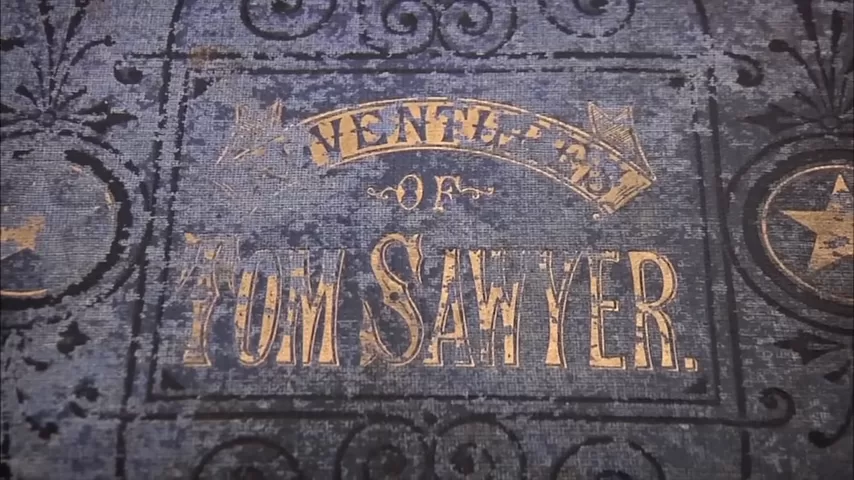Most rare books enter the market quietly, their covers worn and their spines cracked with time. But occasionally, a volume walks in that’s not just collectible—it’s a piece of literary history.
That’s exactly what happened when a seller brought a beat-up, 19th-century volume into a Las Vegas pawn shop and laid it on the counter. It wasn’t just a copy of The Adventures of Tom Sawyer—it was a salesman’s sample copy, used to pre-sell Mark Twain’s most iconic novel before it was officially published.
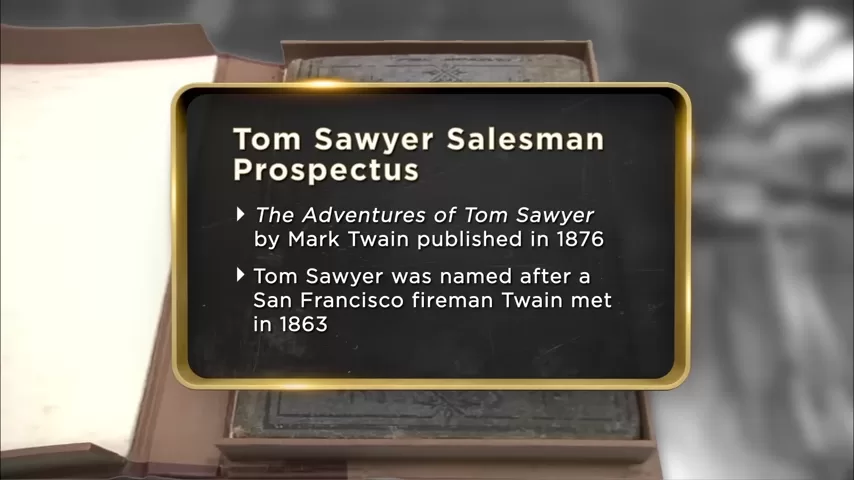
“I consider it the Holy Grail of Mark Twain collecting,” the seller announced.
And he might not be far off.
What Is a Salesman’s Sample Book?
Think of it as the movie trailer of the 1800s—a sneak peek designed to persuade potential buyers. Back in 1876, Mark Twain (born Samuel Clemens) was as much a businessman as he was a writer. And he had a brilliant strategy: instead of relying solely on bookstores, he hired door-to-door salesmen to pitch his books directly to customers.
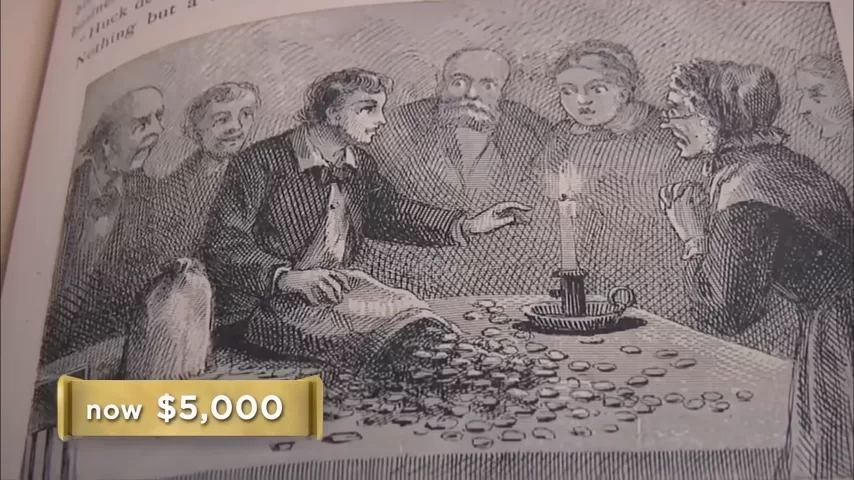
“He wanted people to commit to the book before they even read it,” one expert said. “That way, they couldn’t back out if they didn’t like it.”
Each salesman carried a sample book like this one, which contained:
- A few chapters of the story
- Sample pages from various binding styles (cloth, leather, gilt-edged)
- A subscription page where the customer could place an order
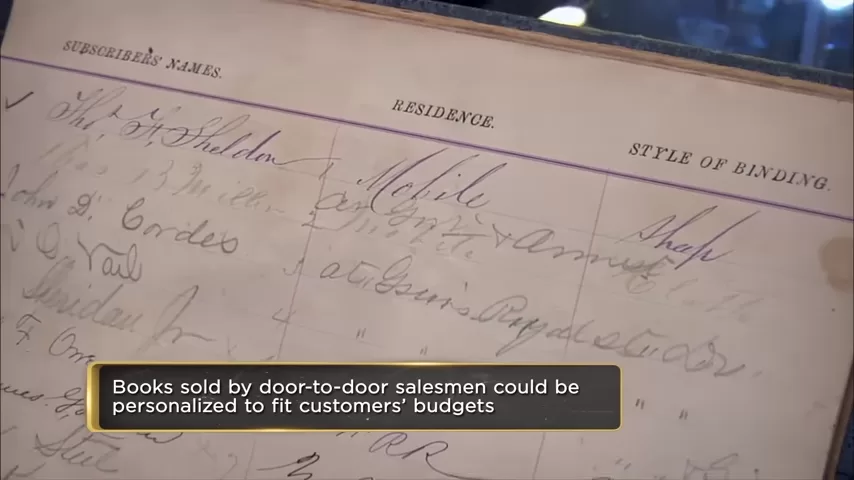
It was marketing genius—and one of the earliest forms of pre-sale crowdfunding in American publishing.
The Controversial “Kid’s Book” That Wasn’t
Though now considered a children’s classic, Tom Sawyer was never meant to be a children’s book. Twain himself envisioned it for adults, full of social commentary, mischief, and satire. But readers latched onto the boyish antics of Tom, Huck, and Becky Thatcher, and the book got swept into the “juvenile fiction” section against its author’s wishes.

“Twain was annoyed by that,” the expert explained. “He wrote a complicated, flawed character who lies, cheats, and steals. That wasn’t typical fare for kids’ books at the time.”
In fact, Tom Sawyer’s moral ambiguity was part of what made it so revolutionary. The fact that it became so loved—despite (or perhaps because of) Tom’s misbehavior—speaks volumes about the evolution of American literature.
A Rare Book That Was Meant to Be Thrown Away
Unlike first editions or signed copies, salesman’s samples were never meant to last. Once a book was released and subscriptions were filled, the samples were often discarded. That’s what makes surviving copies—especially complete ones—exceedingly rare.
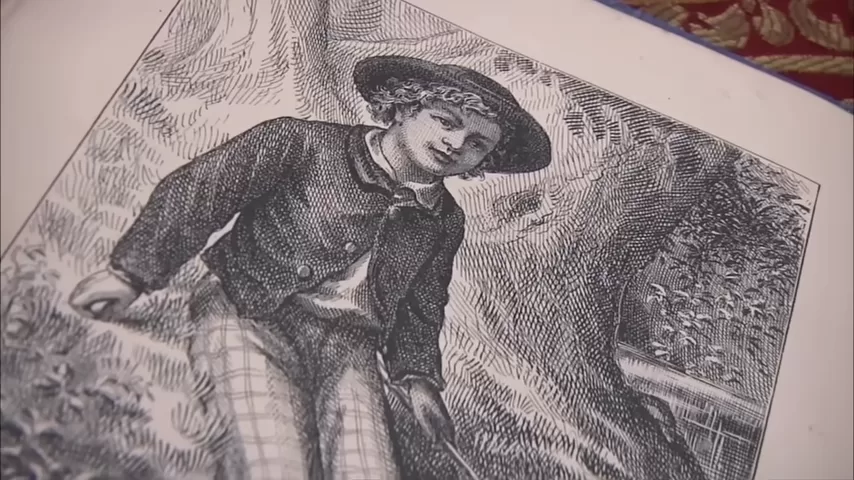
“The Library of Congress doesn’t even have one,” the seller pointed out.
And this wasn’t just any Twain book. This was Tom Sawyer, arguably his most famous and widely taught work. The sample even contained different binding options, an early marketing trick to let buyers visualize their future purchase.
Despite its beat-up condition, the historical and collectible value remained strong.
Appraisal: The Value of a Forgotten Preview
Fortunately for the seller, the shop’s rare book expert was already in the store. After examining the piece and confirming its authenticity, he gave a valuation:
“In retail, I’d price this at $9,000 to $10,000, even with the wear.”
The seller, who had initially asked for $10,000, was hopeful—but realistic.
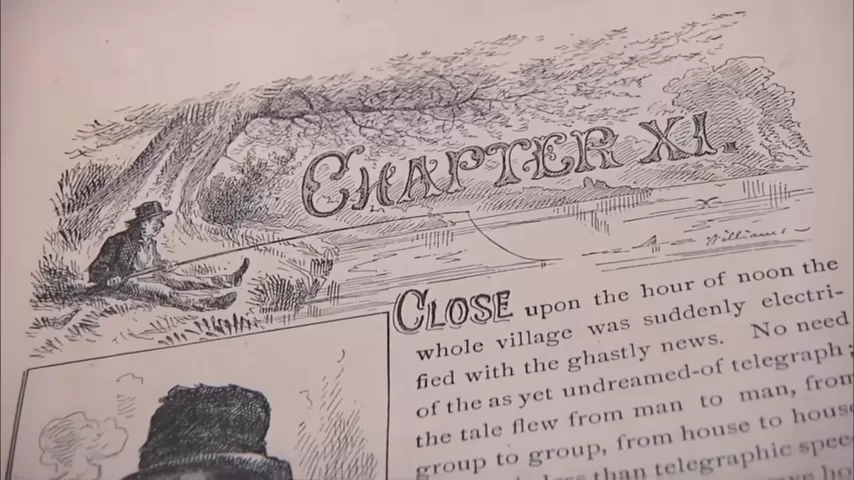
The shop countered with a firm $5,000 offer, citing the niche collector base and resale risk.
“Once you get into the $5,000–$10,000 range, your pool of buyers shrinks dramatically,” they explained.
The negotiation teetered on the edge for a few tense moments. The seller, passionate about Twain, wasn’t eager to let it go too cheaply. The shop, needing to make a profit, had to tread carefully.
After a moment of literary humor—“How much gold did Tom Sawyer find at the end?”—they settled on a final offer of $5,500.
More Than a Deal—It’s a Time Capsule
For a book that was likely headed for the trash in the late 1800s, this battered little salesman’s sample has aged remarkably well. It’s more than paper and ink—it’s a snapshot of 19th-century marketing, a milestone in publishing history, and a symbol of how American literature reached the masses.
From Mark Twain’s creative business model to the book’s evolution from adult satire to classroom staple, the story behind Tom Sawyer is as fascinating as the novel itself.
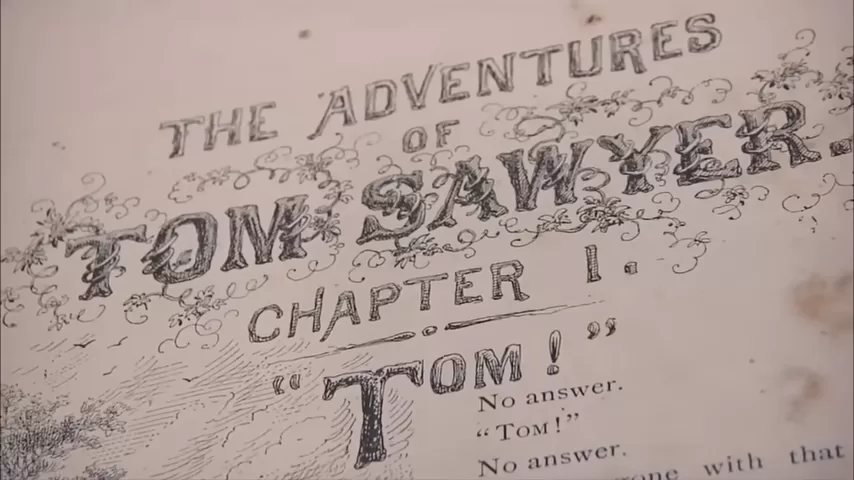
And this particular copy? It’s now headed to a collector’s shelf—saved from obscurity, preserved with pride, and finally given the value it always deserved.
“Mark Twain would probably smile knowing I got $5,500 for a book that was meant to be thrown out,” the seller said.
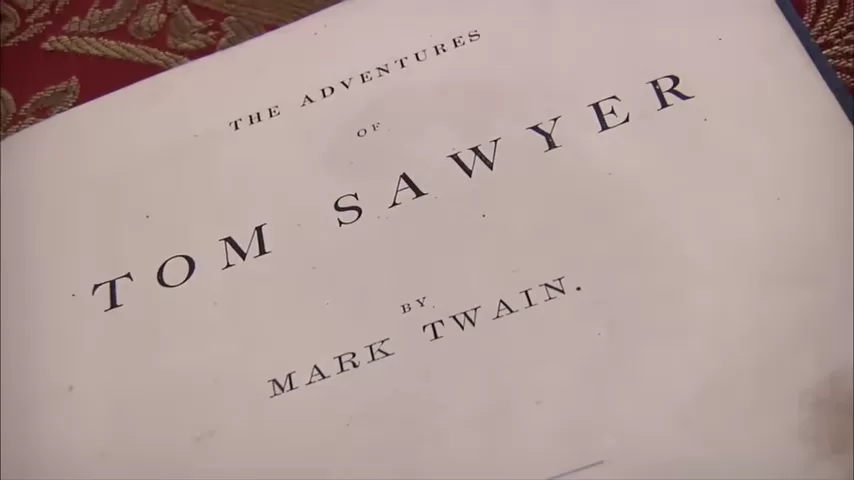
Fun Fact: Twain the Marketing Maverick
Mark Twain wasn’t just a great author—he was a savvy businessman. His use of subscription sales, teaser chapters, and mail-order catalogs were decades ahead of their time. He even used newspaper ads that read like personal letters to readers.
He understood something most publishers didn’t: people don’t just buy books—they buy authors, stories, and trust. Twain sold all three in a single bound volume.
